If You Want to Start a VR App Business, You’ll Want to Read This….
By Antoine Ribordy“I need to talk to you… about these fliers you’re getting through the post.”
“Are you in a hardcore role-playing sect?”
I laughed out loud.
She looked concerned.
“You got it all wrong. These fliers have nothing to do with role-playing.” I left the sect question hanging…
I was not your typical kid. So how could my mum relate to my experiences?
Here’s the thing.
I was both adept of role-playing games and of dark imagery (dark fantasy, goth, black metal). I was a member of a Goth club called the Obituary (or something like that…). I wasn’t a Goth, but I liked the imagery.
I was getting this zine, leaflet would be more accurate, every month. And plenty of fliers for parties, events, etc. Most of them had great design.
I pinned these fliers to my wall. They kind of looked like this:
I would immerse myself in fantasy and dark worlds. And in role-playing games. From the outside, it might have looked scary I guess. Just a tad…
And when you immerse yourself into a universe, a culture, it changes your perspective. You see the world from the inside. You become an insider.
I hear you saying: “Who cares about goth fliers? I want to talk about VR!”
Fair enough. But there’s a reason I introduced you to goth and underground culture. Here’s why.
Getting started in VR is like understanding underground culture. You first step is ”immersion”.
Then, other steps follow. One at a time. It’s an adventure.
The adventure of starting your own VR business. Today I’ll show you how you can move from Goth culture to launching your first app. So, grab your backpack and saddle your horse!
Ready? Then, read on.
Understand
How much do you know about VR?
What VR setup have you tried? Have you experienced room scale VR, with 6 degrees of freedom (DOF)? Can you feel the difference between mobile and desktop VR?
And then, which VR experiences have you tested? The full gamut of animation films, games, 360 videos, social VR, education, and more?
If you haven’t experienced enough VR, you might want to start there. You first step is to immerse yourself in the content, to absorb what VR is about.
Have fun, but also take the time to qualify your experience.
- What’s your favorite app? Why is that?
- What didn’t you like, and why? Anything that’s missing in most or all experiences? Or that could be done better?
- What do you wish you could create that could be a gamechanger for VR?
Once you’ve got a better feel for VR and how you personally relate to it, it’s a good idea to go deeper.
Read blog posts on VR. Participate in forums. Get involved in the community.
Let me help you. Here are a few places where you can read quality articles:
Then, read books.
I recommend Infinite Reality and The VR book. Oh, and of course Ready Player One.
Understanding where VR and AR are today, the shortcomings of the industry and where it’s heading is key. It will give you a huge leg-up versus others who haven’t done their due diligence.
Once you’ve immersed yourself deeply in the VR ecosystem and experiences, you’ll get a lot more clarity. You’ll find your area of focus. One that matches your skills and interests.
Your Business
I hope you had fun and learned a lot through immersion. Now, it’s time to get serious. Down to business!
So, what area of VR are you going to engage in? What product or service do you want to build? Make a list of all the products you might want to create.
I’ll wait.
You’re done? Perfect. Here’s the next step.
Score each product (from 1 to 10) against three criteria:
- How excited are you to build this product or service?
- How skilled are you to build it?
- How much money do you think you can make with your product or service, i.e. how valuable is it?
Add the 3 scores you’ve got for each product. The highest will tell you which product or service you should build first.
Now, what if you’re very excited about building a valuable product but don’t haven’t the required skills right now? Since the total score is lower, should you drop it in favor of another one, easier to build?
If you decide this is something you want to pursue above anything else, go for it. It will take more time, but you can learn the skills. Also, you can find partners or hire help along the way.
You’ve now got a specific idea you want to pursue. Cool. I’m sure you can’t wait to get started.
Sorry, but you gonna have to hold your horses for a bit.
Before you build anything, you’ve got to validate your idea. To see if it has legs.
Yes, I’m giving you even more work upfront and you’d rather go and build stuff. But it’s better to take some time now and do the right thing than take a wrong path that can cost you a lot more time and money later on.
So, here’s how you validate your idea.
Go on Reddit and Quora. There, expose briefly what you plan to create. And ask what people think about it. Actually, better, ask them if they’d be willing to pay money to get it.
Asking money related questions is scary, especially when you haven’t built anything yet. But it’s important. And doing it now will set you apart from all the aspiring entrepreneurs around who are ultimately rushing to their doom.
There’s a world of difference between people saying a concept is cool and them reaching for their wallets to give you money.
It might take you a while to get it right. If your idea doesn’t create much enthusiasm, i.e. people say at best “That’s a cool idea. Let me know when you launch it”, see if you can tweak it based on the feedback you get. Until you get clear signs your idea rocks.
And if it really isn’t working out, take your second best idea on your list and test it.
If your idea is a hit, people will tell you something along those lines: “That’s great! I want this now! Can I pre-order?”.
You got that feedback? Congratulations! You’ve now got a valuable business you can build (finally!).
Build It
Are you familiar with the Lean Startup? It’s a popular way of building products these days, especially if you’re a startup. Here’s how it works.
Instead of building a full-fledged product, with all the bells and whistles, straight away, you build a minimum viable product (MVP) first. You then launch it, or at least release a beta to a closed group, so you can get market feedback.
An MVP is something you can already sell. It’s ideal. It means you can make money early on, and survive.
But even to get to an MVP might take you a while. So, you’ll first want to build a mockup. Something that conveys the spirit of your application in the most basic way. Based on the feedback you get, refine your approach and plan.
Then, build a prototype. Test it. Get feedback.
Finally, build your MVP.
The idea is to follow an iterative process, where you get lots of feedback along the way. So you can adjust your efforts and plan to deliver the best MVP possible.
Getting into the spirit of building your app piece by piece and asking people to test it while you’re building it needs some getting used to. It always feel more comfortable building your VR experience on your own, making all the decision and getting it the exact way you want it.
But what you want doesn’t matter. It won’t make you money (or rarely). Money comes from paying customers. So, get into the habit of testing while building.
It doesn’t have to be complicated. To run your first tests, you can ask your friends and family.
Later on, you should really get your target market to test your app. Which can be a tricky task.
If you’re developing a VR application for iOS, you pretty much have to meet your target market face to face. So they can test you app directly on your phone.
It seems there’s a way to get users to try you app without launching it on the App Store, but it’s too impractical to be of much use.
On other devices, it’s easier.
In any case, gathering feedback, even if not perfect, is miles ahead of just building your app and launching it, hoping people will buy it.
As you collect feedback, integrate it and refine your plan and goals so you can create and launch your first product.
Which brings us to the next part…
Your Map
Here’s how I do my planning.
I start with my end goal. It might be 3 years, 1 year or 6 months away. Here we’re talking about 6 months to 1 year to build your first minimum viable app. It depends on how much time you can allocate to your business.
Then, I slice it down and create intermediary milestones leading me to the end goal. I create 90 day, monthly and weekly plans.
I end up with a weekly plan, detailing my day to day activities. These daily tasks lead me to reaching my weekly goals.
Make sure you first think about what you need to do. Think strategically. Then build a tactical plan.
Finally, execute on that plan. Commit to it and execute.
Now, if your plan shows you need technical knowledge critical to the project that you don’t have and can’t learn quickly, find a partner. Or hire help.
Integrate that in your plan. One key point is to make sure you understand what you’re doing well enough so you can handle the development, project manage it.
Your Options
Today you can access a lot of resources and capabilities at an incredibly low price or even for free. You can build a VR application using free software only. That makes your job as an entrepreneur much easier.
Basically, you can bootstrap everything and get your first app built on a small budget.
You can even pre-sell your product to raise money before you build it. In a traditional, one-to-one way. You chase people up to get them to pre-buy your product.
But here’s an alternative: crowdfunding.
Crowdfunding is like asking people to pre-buy your product. The only difference is: you’re using a platform to reach a much larger audience than you could reach on your own.
But, before you run a crowdfunding campaign, you need to build a prototype. The crowd needs to see you’ve already got something tangible and you’re able to create the final product you’re pre-selling.
Crowdfunding is one of the most popular routes to build and launch a product today. Especially if the cost of creating that product is high.
But, depending on your product, its costs of production and sales, you can choose other options, like bootstrapping.
I haven’t gone through the crowdfunding route yet, so won’t give further advice on it. I’m bootstrapping my first app. Then, I’m planning to run a crowdfunding campaign to fund a more ambitious product. I’m building a real MVP first.
So, once you’ve got a prototype, chose how you’re going to build your MVP, plan it and take action!
Execution is not a trivial matter though. Let me help.

Stay Lean
Entrepreneurship is a tricky balance of staying lean, while spending some money to handle relatively trivial and time-consuming tasks that can slow you down.
When I say it’s tricky, I mean it took me almost two years until I finally accepted I needed to hire help. Someone who can handle those tasks that are not my core competency. Tasks that are taking a lot of my time, best spent somewhere else.
To become an entrepreneur, you need to go through a mindset change and adopt the right habits. It’s key. But getting into that mindset can take time.
You don’t want to waste that time. So why not adopt the right mindset today and save yourself a lot of time and hassle?
Here’s how you can do it.
Decide what your core 1-2 activities are. What is it you’re good at that you should focus on to make your business a success? Is it designing VR applications? Or are you good at sales? Or networking, finding partners and investors?
Pick those tasks and write them down. Note that you don’t need to be great at them yet, but you’ll have to work at mastering them. Now, look at how much time you can dedicate to your business every week.
Then, decide how much time a week you’re going to spend on your main tasks. I’d suggest you spend at least half of your time on those tasks.
Mine are VR design and storytelling. That’s what I’m focusing on mastering.
The other half of your time will be mostly spent on your business: marketing, sales, networking, strategic planning…
Now, here’s the thing. You don’t need to handle everything else yourself.
If you can’t code and that’s not a core task for you, find a partner or outsource it. If writing blog posts is not your forte, you can hire a freelance writer. And you can hire a personal assistant to help you promote your products or find new leads.
You can even delegate part of the marketing tasks, even if they’re key to grow your business. And later, you can hire a marketing expert to handle marketing completely.
It’s never been easier to find freelancers online. And you don’t need to employ them full-time. So you can optimise your costs, while still saving a lot of time delegating tasks and getting more hands to do the necessary work.
Stay lean.
Iterate
Starting and running a business is an iterative process. Right now, you might think you can find the perfect idea to pursue. That you just need to brainstorm enough.
It’s an attractive idea. I used to think that.
But here’s the reality. You’ll discover a lot as you go along. You’ll figure things out while doing the work. You’ll find out if the business you’re building is right for you and for the world (do people want to buy your product?).
Keep questioning your assumptions and test them. Measure your results and do more of what works and less of what doesn’t. Learn to challenge yourself and get others to challenge you.
That’s not easy. I’ve been through it many time. When you’ve done the research, got some positive feedback on the product you’re building, you become confident you’re on the right path.
That means you can get cocky. And won’t like getting challenged, even when you know the person challenging you has a point. It’s not easy, but still, try to take on contradicting ideas, and test them.
Your Circle
This brings us to your entourage. Your circle of influence. Surrounding yourself with the right people makes a huge difference to your mindset, your confidence and the kind of ideas you’re going to have.
Take the time to find likeminded people who will both give you energy and challenge you to go outside your comfort zone. Go to meet ups. Join online communities. Grow your network.
And, find your mentors. Even if you don’t get a mentor that will talk to you one-to-one. But make sure you learn from people who have either walked the path you’re walking right now or are living the lifestyle you want.
You can get mentored through their books, podcasts, blog posts and online courses.
Think Exponential
You can’t do it alone. Not only do you need mentors and a network of peers, you also need a tribe. A community of supporters that will share your work and promote your products for you.
Through your community, you can increase your reach exponentially. One person shares your work with their network, who in turn will share with their network and so on. Quickly you can reach a huge number of people you wouldn’t be able to reach otherwise.
It’s the power of the crowd.
In the same way, through technology, you can distribute your work to a huge audience at almost no cost. When you sell digital products vs physical ones, it can spread like wildfire. VR software is digital, so make the most of it.
Finally, the right software can automate manual tasks for you. Why waste a ton of time when you can get an app to do most of the heavy lifting? Take the time to find the software you need to automate repetitive tasks.
So, take smart actions and think exponentially.
Now It’s Your Turn
I’m sure your head is buzzing with ideas.
And you’ve now got a clear step-by-step plan to start a VR business.
When I got started, I didn’t have that plan. So, I made many mistakes along the way. I spent over a year following a path and building a business I ended up dropping.
I’ve learned. I pushed the reset button and got started again. I’m on the journey, too.
So, please make my day. Just pick one of those ideas you listed down and get started. We need more entrepreneurs and creators to get into the VR market.
Together we can create the future we want. We can help each other and inspire even more people to join. Let’s do this.
Are you ready to make the jump? If not, what’s stopping you from doing it? Share your thoughts below.
And when you join, you get a FREE guide: 8 Tools & Resources Every New VR Creator Needs, so you can start building your first product today
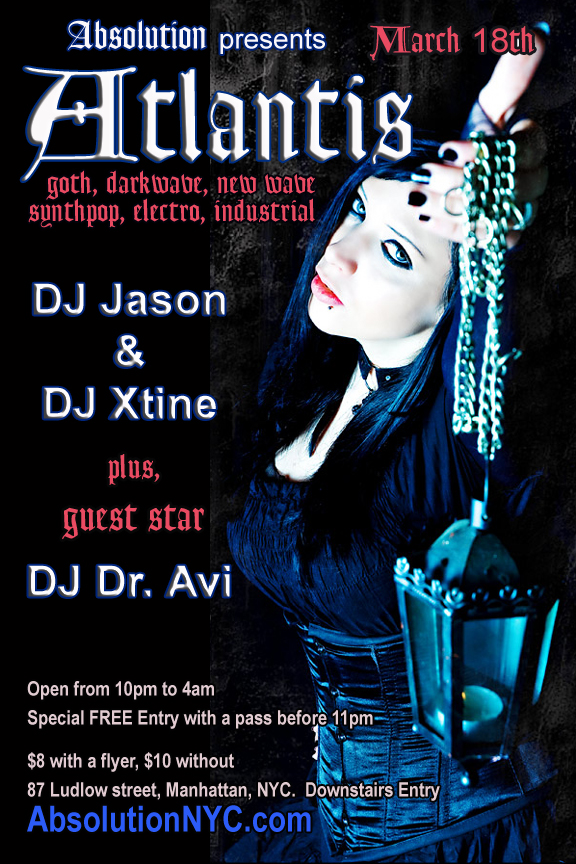

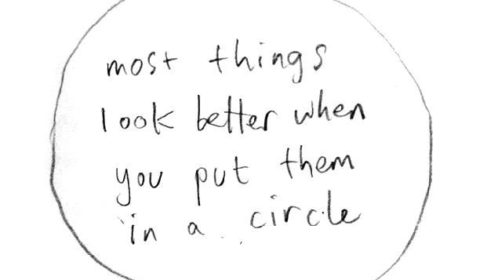







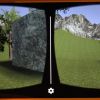


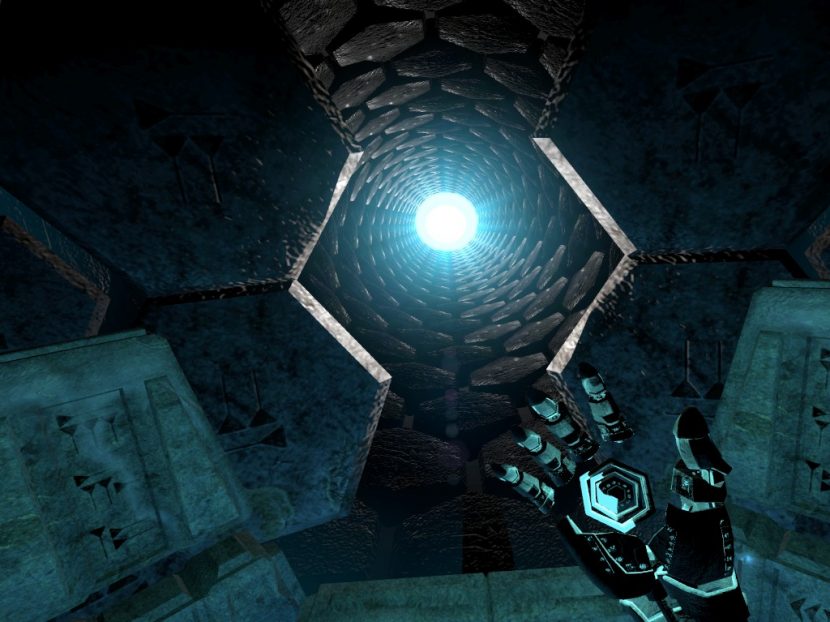
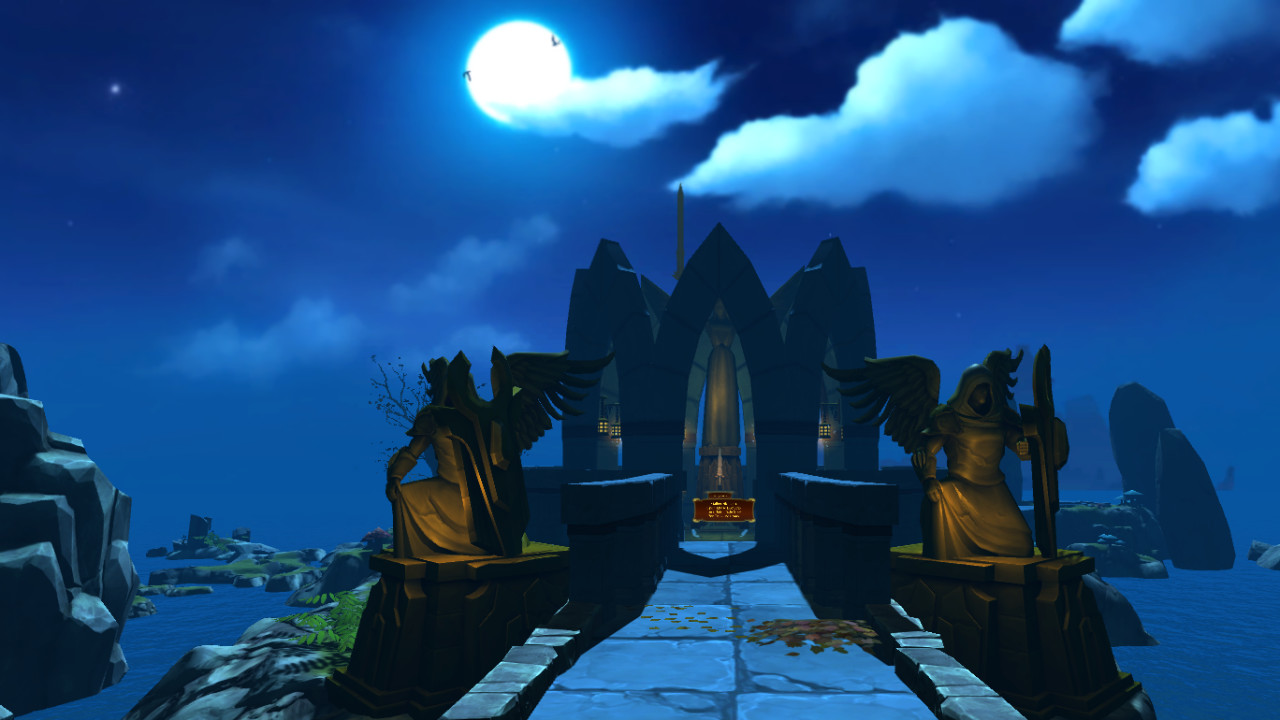
Please share your comments